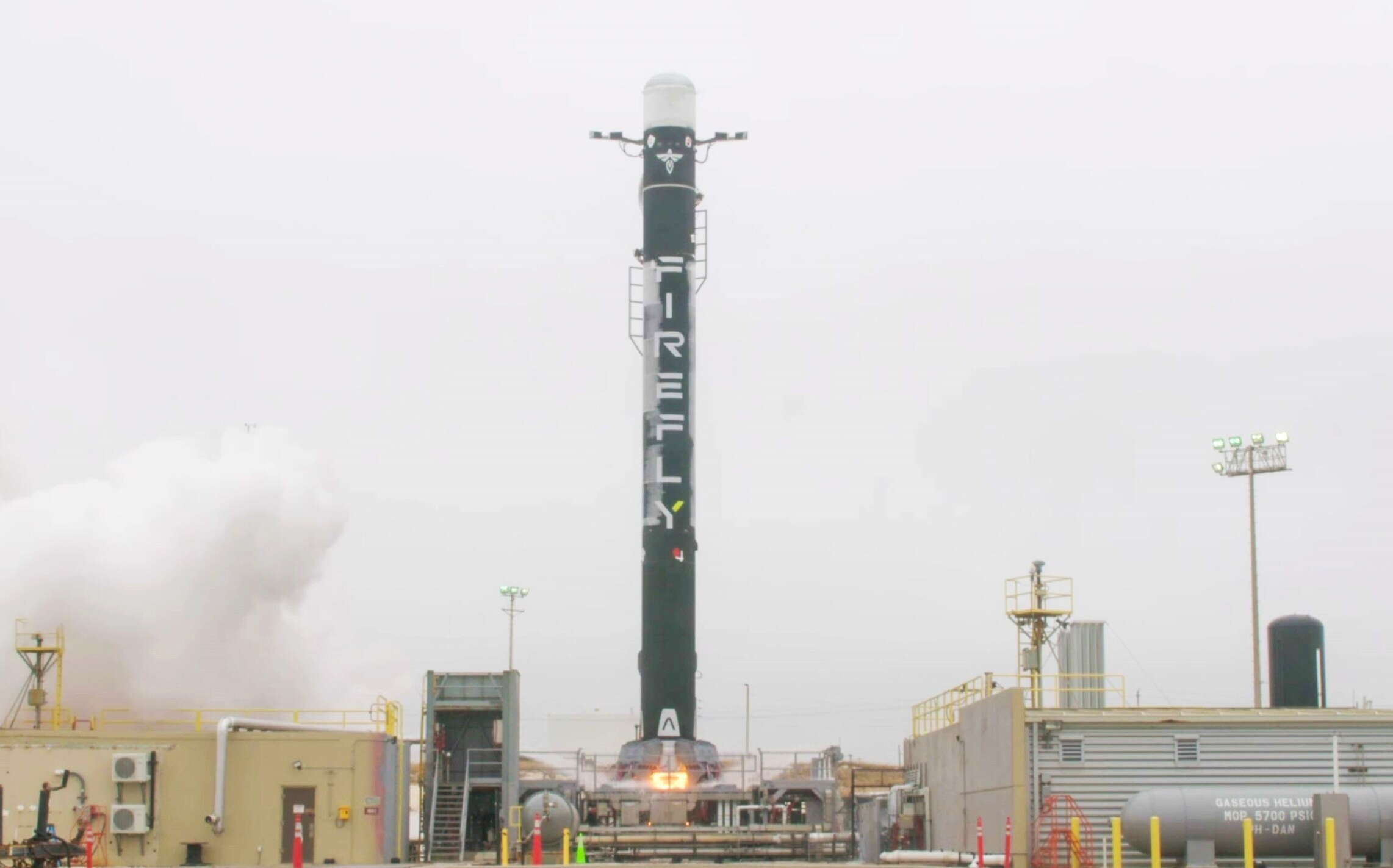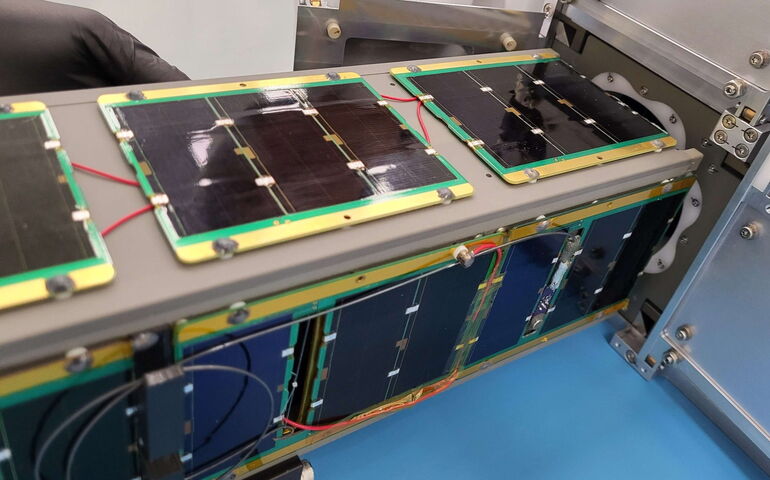
Processing Your Payment
Please do not leave this page until complete. This can take a few moments.
- News
-
Editions
-
- Lists
-
Viewpoints
-
Our Events
-
Event Info
- Business Leaders of the Year Reception 2025
- Women's Leadership Forum 2025
- On the Road with Mainebiz in Bethel
- Health Care Forum 2025
- On The Road with Mainebiz in Greenville
- On The Road with Mainebiz in Waterville
- Small Business Forum 2025
- Outstanding Women in Business Reception 2025
- On The Road with Mainebiz in Bath
- 60 Ideas in 60 Minutes Portland 2025
- 40 Under 40 Awards Reception 2025
- On The Road with Mainebiz in Lewiston / Auburn
- 60 Ideas in 60 Minutes Bangor 2025
Award Honorees
- 2025 Business Leaders of the Year
- 2024 Women to Watch Honorees
- 2024 Business Leaders of the Year
- 2023 NextUp: 40 Under 40 Honorees
- 2023 Women to Watch Honorees
- 2023 Business Leaders of the Year
- 2022 NextUp: 40 Under 40 Honorees
- 2022 Women to Watch Honorees
- 2022 Business Leaders of the Year
-
-
Calendar
-
Biz Marketplace
- News
- Editions
- Lists
- Viewpoints
-
Our Events
Event Info
- View all Events
- Business Leaders of the Year Reception 2025
- Women's Leadership Forum 2025
- On the Road with Mainebiz in Bethel
- Health Care Forum 2025
- On The Road with Mainebiz in Greenville
- + More
- On The Road with Mainebiz in Waterville
- Small Business Forum 2025
- Outstanding Women in Business Reception 2025
- On The Road with Mainebiz in Bath
- 60 Ideas in 60 Minutes Portland 2025
- 40 Under 40 Awards Reception 2025
- On The Road with Mainebiz in Lewiston / Auburn
- 60 Ideas in 60 Minutes Bangor 2025
- - Less
Award Honorees
- 2025 Business Leaders of the Year
- 2024 Women to Watch Honorees
- 2024 Business Leaders of the Year
- 2023 NextUp: 40 Under 40 Honorees
- 2023 Women to Watch Honorees
- 2023 Business Leaders of the Year
- + More
- 2022 NextUp: 40 Under 40 Honorees
- 2022 Women to Watch Honorees
- 2022 Business Leaders of the Year
- Nomination Forms
- Calendar
- Biz Marketplace
Maine’s first research satellite due to launch from California
 Photo / Courtesy, Ali Abedi, University of Maine
University of Maine student and faculty, collaborating with the University of Southern Maine and others, designed, built and tested components of the small satellite.
Photo / Courtesy, Ali Abedi, University of Maine
University of Maine student and faculty, collaborating with the University of Southern Maine and others, designed, built and tested components of the small satellite.
The first research satellite to come from Maine, developed at a cost of $522,000 to engage students in STEM subjects, is expected to launch into orbit July 1, according to a University of Maine spokesperson.
Students and faculty from the University of Maine designed, built and tested components for the small satellite, called MESAT1, in collaboration with the University of Southern Maine, three K-12 schools, the Radio Amateur Satellite Corp. and the Wells National Estuarine Research Reserve, according to a news release.
The MESAT1 is a cube satellite, a type of nanosatellite that offers cost-effective opportunities for research. The project was supported by grants from NASA and Maine Space Grant Consortium.
Firefly Aerospace Inc., a company based in Cedar Park, Texas, integrated the 1-foot tall-satellite into a rocket to be launched from the Vandenberg Space Force Base in southern California.
Firefly said its one-metric-ton rocket could launch June 26 from its complex at Vandenberg. Under contract with NASA, the goal of the launch is to prove the rocket’s launch services vehicle designed to provide more access to space for small satellites and spacecraft, according to a separate news release.

The integration of Maine’s satellite was conducted inside Firefly’s clean room in Vandenberg by Joseph Patton, a Ph.D. student at the University of Maine Department of Electrical and Computer Engineering, and Ali Abedi, a principal investigator for the project and professor of electrical and computer engineering.
Once launched into Earth’s low orbit, MESAT1 is expected to orbit from six months to two years, providing students and teachers in Maine access to space data for educational and research purposes.
Student projects
The satellite is equipped with three cubic-shaped payloads designed by students in Falmouth High School, Fryeburg Academy and Saco Middle School who are conducting individual experiments. Equipped with four cameras, the satellite will offer data for the experiments by periodically taking pictures of Earth and sending them back to the ground station at UMaine, where the satellite will be controlled.
The payload from Saco Middle School, dubbed ALBEDO, will investigate the impact of albedo — the fraction of solar irradiation reflected back into space — on local temperature. The goal is to compare temperature and albedo across urban and rural areas and determine whether urban heat islands can be mitigated through architectural designs that maximize albedo
Fryeburg Academy’s payload, IMAGER, will be used to study an application of a low-cost remote sensing tool for coastal estuaries. With a modified digital camera, the project team will image shallow, coastal waters. Capturing the images will allow the group to distinguish water quality properties such as turbidity and phytoplankton concentration.
Another payload, from Falmouth High School, is named HAB. It will study harmful algae blooms to see if they increase atmospheric temperature and water vapor levels in the atmosphere above them. Developing the capacity to monitor and identify algae blooms from orbit will provide a simple way to track their development, distribution and dispersion.
The projects from Falmouth High School, Fryeburg Academy and Saco Middle School were chosen from 11 proposals submitted during a statewide competition for schools hosted by the Maine Space Grant Consortium in 2019.
Rideshares
MESAT1 is one of 18 small research satellites selected by NASA to carry auxiliary payloads into space as part of its CubeSat Launch Initiative. The program provides opportunities for nanosatellite science and technology payloads built by universities, schools and nonprofit organizations to rideshare on space launches.
The satellite is one of several projects from the UMaine Space Initiative, which brings together faculty, administrators, staff and students to advance Maine’s space-based economy and help build a skilled workforce in the field.
Work is also underway to build the Maine SpacePort Complex, which would develop, manufacture and launch nanosatellites into polar orbit.
In addition to MESAT1, Firefly will deploy payloads from the University of Arizona, University of Kansas, two from NASA's Johnson Space Center, Teachers in Space, University of Washington and the NASA Ames Research Center.
"Through innovative technology partnerships, NASA provides these CubeSat developers a low-cost pathway to conduct scientific investigations and technology demonstrations in space," said Hamilton Fernandez, mission manager with NASA's Launch Services Program.
"NASA benefits by having a mechanism for low-cost technology development and scientific research to help bridge strategic knowledge gaps and accelerate flight-qualified technology. The students benefit through hands on experience, which develops the future workforce of the U.S. space industry.”














0 Comments